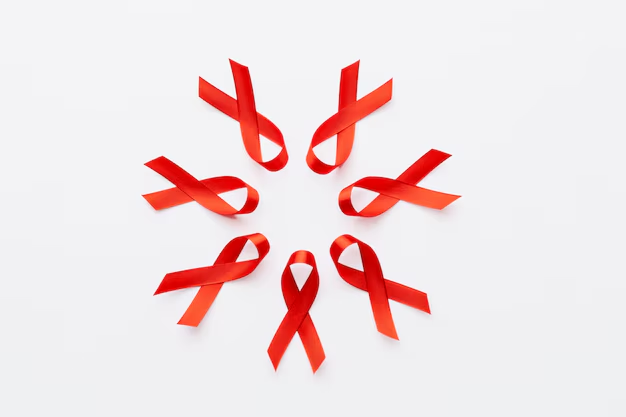In 2022, Kenya faced a concerning surge in HIV infections, with at least 61 new cases being recorded daily. This troubling figure was revealed by the National Syndemic Disease Control Council (NSDCC), which noted that the total number of new infections for the year reached 22,154.
The report highlighted that women and young people, particularly those between the ages of 15 and 24, were the most affected, accounting for 41% of these new infections.
One particularly alarming statistic was that over 4,400 children under the age of 15 were infected, with mother-to-child transmission remaining a significant challenge.
Despite ongoing prevention efforts, this remains one of the major drivers of new cases in Kenya. Additionally, men, though accounting for a smaller portion of the new infections, still saw over 5,100 new cases in 2022.
The NSDCC also emphasized that vulnerable populations, such as sex workers and men who have sex with men, were disproportionately affected.
Stigma and limited access to healthcare services further compounded the issue, leading to a higher risk of transmission within these groups.
Geographically, regions like Homa Bay, Siaya, and Kisumu reported the highest increases in new infections. Cultural factors, such as low rates of male circumcision and barriers to accessing healthcare, have contributed to these rising numbers.
In contrast, regions with better healthcare access and lower stigma, like Garissa and Wajir, reported much lower infection rates.
Despite the rising number of new infections, there is hope. Kenya has seen significant progress in reducing HIV-related deaths, and there has been a considerable decline in the overall number of people living with HIV.
The government remains committed to its goal of ending HIV transmission by 2030, emphasizing the need for continued testing, treatment, and efforts to reduce stigma across the country.
However, with young people increasingly engaging in risky behaviors such as unprotected sex, particularly in inter-generational relationships, the fight against HIV in Kenya remains a pressing issue.
Strengthened prevention measures, education, and more accessible healthcare services are crucial to controlling the spread of the virus in the coming years.























